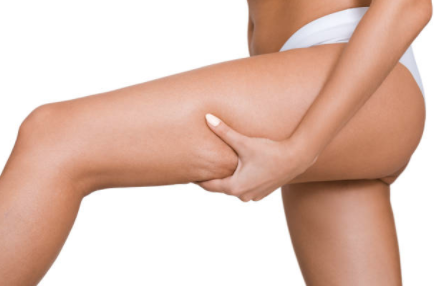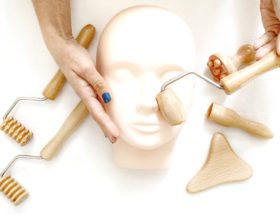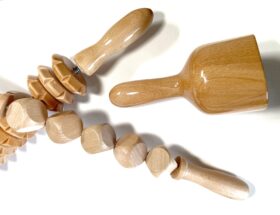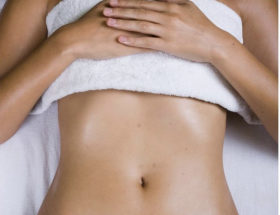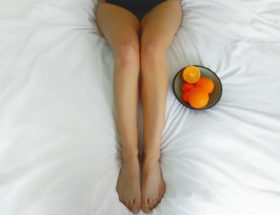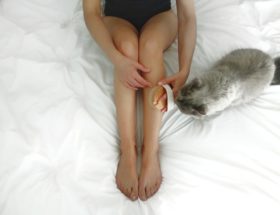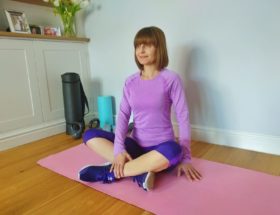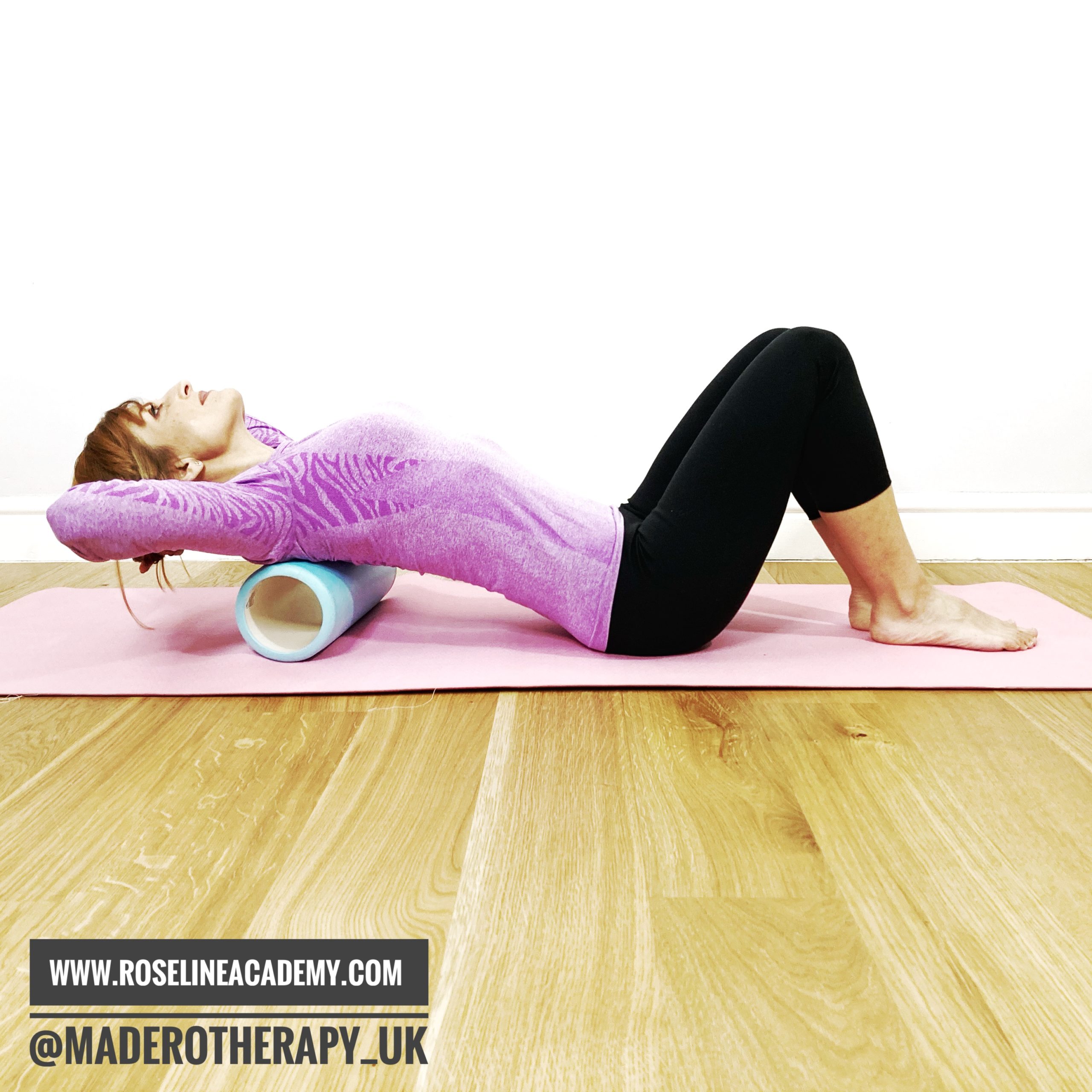Cellulite reduction is a long process, and complete lifestyle change is needed. A combination of an active lifestyle, a healthy diet, and massages (especially maderotherapy) is the most effective approach to fight the cellulite. Depending on your cellulite stage (or grade), you can take slightly different approaches. Keep in mind that ten maderotherapy treatments will bring you down one grade on the cellulite scale.
A cellulite severity scale, published in 2009, ranks the condition using three grades:
Grade 1 (or mild grade): There is visible cellulite only under pressure. Fat cells under the skin are accumulating water (edema) and fat; therefore, fat cells are becoming more prominent.
Action plan: In this stage, it is enough only to do dry body brushing daily. It takes about 2-3 minutes. Be mindful of your diet, and try to move and stay active. Drink 2 liters of water every day.
Most of my clients, in this cellulite stage, use madeortherapy treatment and self massage for prevention purposes.
Grade 2 (or mild): There is an “orange-peel” appearance, with between 1 and 4 shallow depressions (depressions – what we see as small dips in the skin), and a slightly “draped” or sagging appearance to the skin. In this stage, enlarged fat cells are starting to make pressure on the surrounding tissue, veins, capillaries, and lymphatic system. The cardiovascular system is already under pressure and becoming to struggle to remove all toxic waste from the tissue. Because of the sluggish cardiovascular system, the process itself absorbs more water from the circulation, and produce more cellulite.
Action plan: Do dry body brushing daily in combination with regular massage treatments. Think about adding maderotherapy self-massage between the treatments. Be mindful of your diet, especially salt and sugar intake. Try to do exercises at least three times a week. Drink 2 liters of water every day.

Grade 3 (moderate): There are between five and nine medium-depth depressions, a “cottage cheese” appearance, and the skin appears moderately draped. It is very visible with the naked eye. Numbers of elastic fibers are becoming less and less, while skin is getting thinner in those areas. In this stage, bigger fat cells are pressuring deeper layers of the skin, and cellulite is becoming more visible.
Action plan: Do dry body brushing daily in combination with regular massage treatments. Add some anti-cellulite creams or serums after body brushing and maybe do wood therapy self-massage between your massage treatments. Be mindful of your diet, especially salt and sugar intake. Do exercises that target your primary areas of concern. Drink 2 liters of water every day.
Grade 4 (severe): There is a “mattress” appearance, with ten or more, deep depressions, and the skin is severely draped. Knots can be detected by touch. They are developed by multiplying and contracting of connective tissue, that separates bigger fat cells, which are continually growing and multiplying. In this stage, cellulite can be painful as a cause of inflammation of adipose and connective tissue. This cellulite is also known as “hard cellulite.”
Action plan: Do dry body brushing daily in combination with regular massage treatments. Add some anti-cellulite creams or serums after body brushing and do wood therapy self-massage between your massage treatments. Try to eat more anti-inflammatory foods like kale, broccoli, and spinach. Be mindful of your salt and sugar intake. Do exercises that target your primary areas of concern. Drink 2 liters of water every day.

